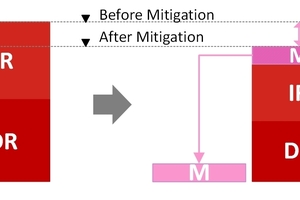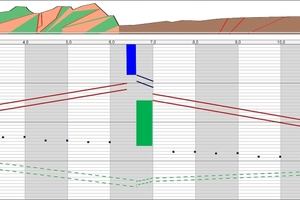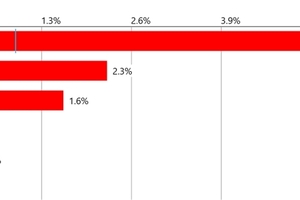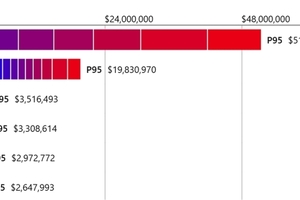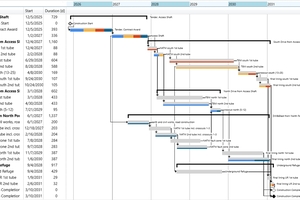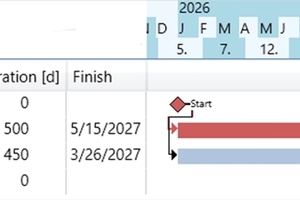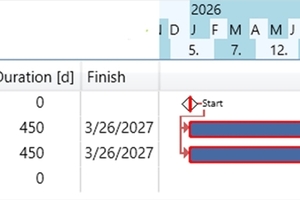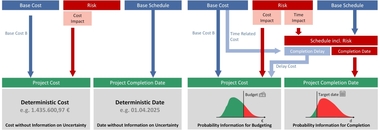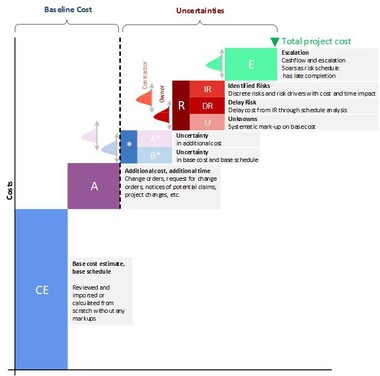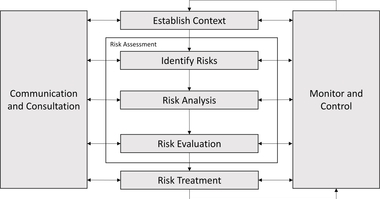Basics of Risk Mitigation
Risk management is made up of several sub-areas. One part is risk mitigation. Mitigation can be divided into avoidance, minimisation, transfer and acceptance. The aim of risk mitigation is to find the appropriate measure to address the risk. The selection of a mitigation measure is not standardised. Comparative calculations are often carried out to determine which measure has which effect on a risk. The decision is based on the client’s risk tolerance and the cost-effectiveness of the measure.
1 Introduction
Following the explanation of the basics of risk management [1] and the integral consideration of costs, time and risks [2], the focus is now on risk mitigation. Risk mitigation focusses on how risks are dealt with. In a broader sense, this is where the strategy is defined as to whether the risk should be managed with proactive or reactive measures. The risk mitigation procedure depends on the client’s risk strategy and risk tolerance. It is necessary to consider which management options are available in order to initiate appropriate action. In this way, risk management measures...

